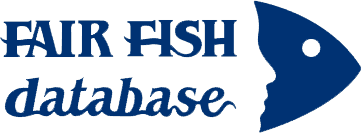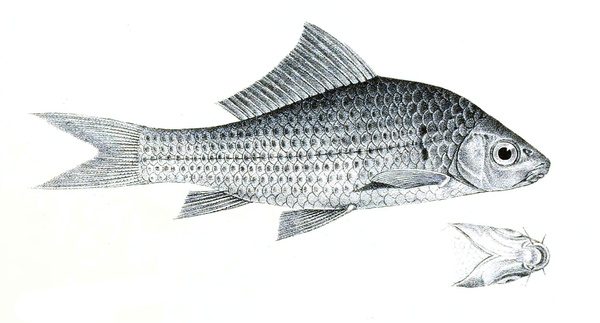Farming remarks
Osteochilus vittatus is an Asian freshwater tropical barb that naturally inhabits Indochina, Thailand, and Indonesia. It is a BENTHOPELAGIC fish that is usually found in large streams with slow-moving waters and muddy to sandy substrate, but also occurs in rivers, ponds, floodplains, and reservoirs. This cyprinid can be used as a biological agent to reduce the blooming of phytoplankton. Although O. vittatus has slow growth and bony meat, it has a good taste, high protein and calcium content, and a strategic value as a source of food without cholesterol, resulting in substantial economic value. It is also attractive as an ornamental fish. O. vittatus is classified as a Least Concern species by IUCN yet threats to its natural populations include overfishing, damming rivers, sand mining, habitat loss, habitat degradation (including eutrophycation), and introduction of exotic FISHES. This cyprinid can be cultured extensively or polycultured with other species, such as Cyprinus carpio, Oreochomis niloticus or Osphronemus goramy, but thereby lowering its productivity. Regarding the welfare assessment of this species, wild information for a better evaluation is still missing, especially about home range and aggregation patterns and about more specific information for eggs, larvae, fry, and spawners. Moreover, farming information about aggression, stress response, and malformations as well as more specific information for larvae, fry, and spawners is also missing.
For details see: WelfareCheck | farm







